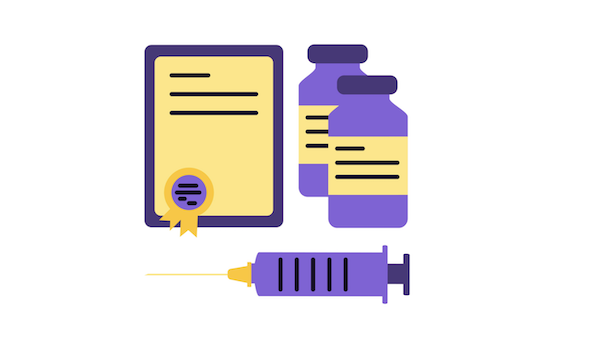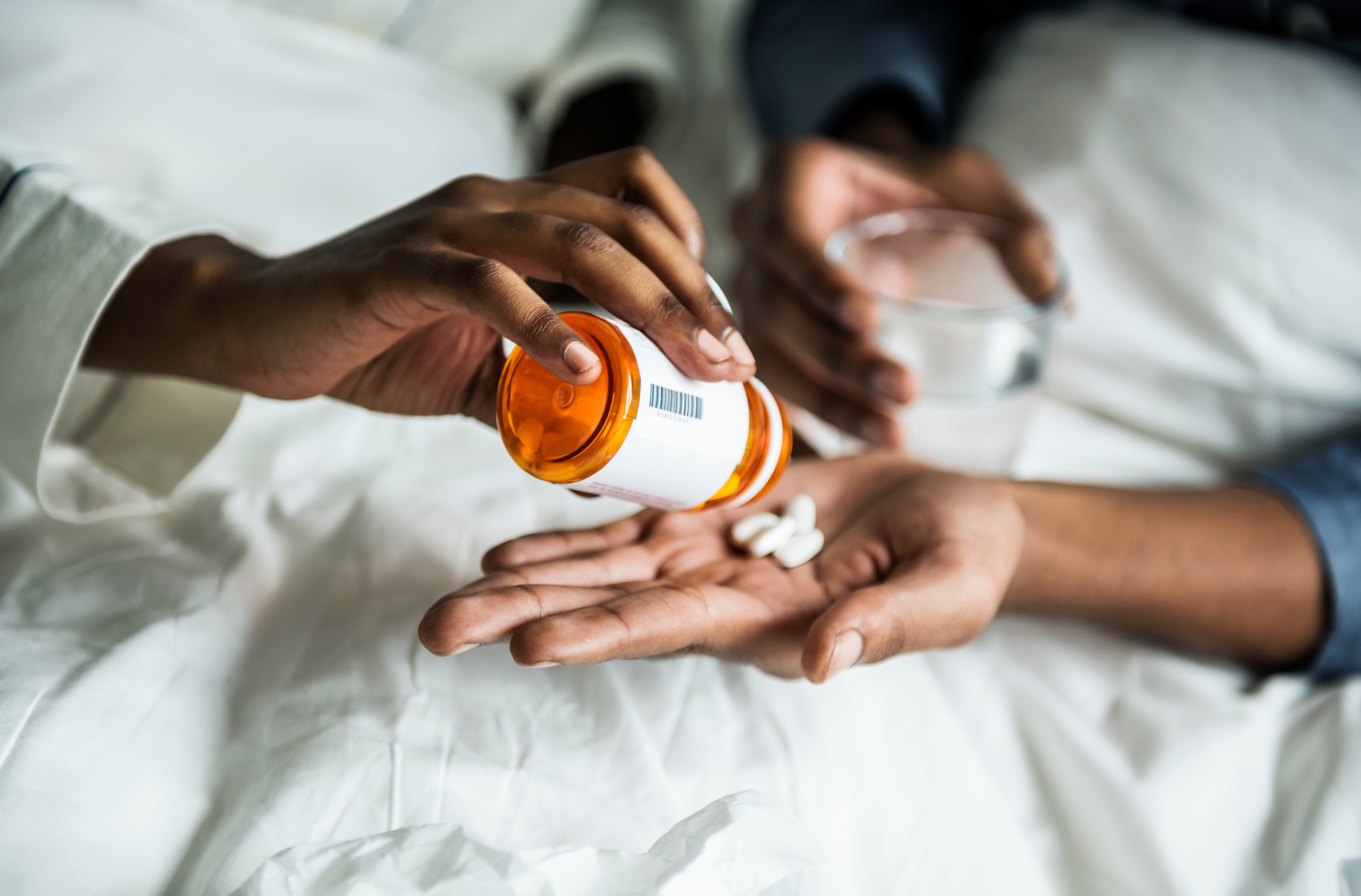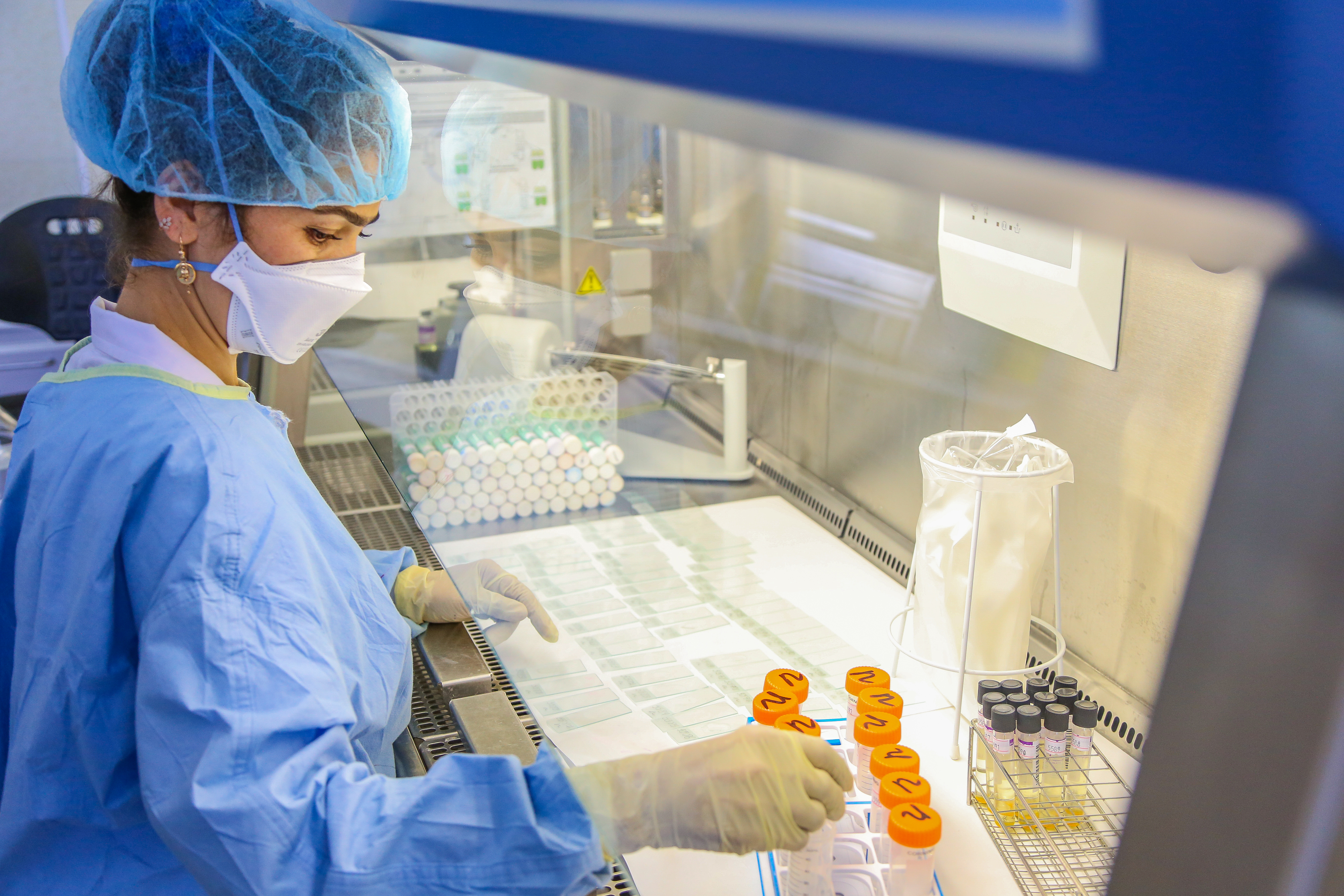Tomorrow, as part of the United Nations General Assembly (UNGA), heads of state will convene for the first-ever high-level meeting on the fight against tuberculosis (TB). Though the meeting is titled United to End Tuberculosis, current prospects to control and end TB have stalled. Despite large global investments (and some drops in TB-related mortality), the number of incident TB cases per year has stagnated at around 10 million since 2000, while drug resistance has spread and worsened.
Underlying this global stagnation is a subpar treatment arsenal, with dwindling drug efficacy and escalating costs from drug resistance. Though TB has been curable since the mid-twentieth century, today’s treatment options are insufficient to address the global scourge.
Treatment for drug-sensitive TB requires a six-month daily regimen, often with nasty side effects; regimens for drug resistant strains are even longer and more toxic, plus far more expensive. Too many patients drop out midway through the treatment course, putting them in danger of relapse, acquired drug resistance, and onward transmission in their communities, continuing to spread and entrench the epidemic. According to the World Health Organization, the Sustainable Development Goal for TB “cannot be achieved” without “a major technological breakthrough” by 2025.
In the BRICS, the stakes of ineffective TB treatment are particularly high
Tuberculosis is often considered a disease of poverty, but increasingly the burden is concentrated in a handful of middle-income countries—Brazil, Russia, India, China, and South Africa (the BRICS). The BRICS are home to over 40 percent of all incident TB cases and 55 percent of cases with multi-drug-resistance (MDR)—see table 1 below.
Under the Global Fund’s most recent revision of its eligibility policy earlier this year, India will remain eligible for tuberculosis funding even after it hits upper-middle-income status; South Africa was already eligible due to its “extreme” burden. But Russia, China, and Brazil do not qualify for Global Fund support, and pay for TB drugs and diagnostics out of government coffers. For BRICS, maintenance of the status quo—with subpar treatment options and growing drug resistance—implies an ever-expanding health and fiscal burden that could weigh down broader development aspirations, a dire prospect that perhaps underpins the recent political commitment to tackling TB at the highest level as articulated by all five BRICS heads of state.
Table 1. Burden of Tuberculosis in BRICS, 2017
| Country | Incident Cases 2017 (Estimated) | % Global Burden | Incident MDR Cases 2017 (Estimated) | % Global Burden |
|---|---|---|---|---|
| India | 2,740,000 | 27.4% | 135,000 | 26.6% |
| China | 889,000 | 8.9% | 73,000 | 14.4% |
| Russia | 86,000 | 0.9% | 56,000 | 11.0% |
| South Africa | 332,000 | 3.3% | 14,000 | 2.8% |
| Brazil | 91,000 | 0.9% | 2,400 | 0.5% |
| Total | 4,138,000 | 41.4% | 280,400 | 55.3% |
Source: WHO. Global Tuberculosis Report, 2018.
But to drive an R&D agenda, BRICS need to pay for innovation
The distribution of the TB burden places TB awkwardly in the interstitial space between donor-driven innovation and market-led R&D. Donors are understandably hesitant to continue bankrolling R&D funding for diseases that mostly affect BRICS; economic growth is already creating fiscal space to drive higher health spending in these countries, and BRICS governments can increasingly afford to pay for innovative health products. To date, donor “push” funding—grants for R&D through public-private partnerships—has indeed helped advance some new compounds through the pipeline; yet push funding remains insufficient to plug the global R&D gap and produce a new treatment regimen with an optimal product profile.
For their part, BRICS governments are investing relatively few domestic resources in health R&D, and private sector pharmaceutical companies continue to view BRICS markets as risky targets for on-patent products. BRICS governments aggressively negotiate drug prices and often have preferential purchasing policies for domestic manufacturers; BRICS can also threaten compulsory licensing if a drug is deemed essential to public health.
Given these BRICS and TB-specific risks—coupled with baseline scientific risk in attempting to develop an innovative health product—pharmaceutical companies have been slow to make large investments that could help push early-stage compounds through clinical trials and to market. To drive the necessary investment, BRICS need to send a clear signal to the market that they are willing to pay for innovations that will dramatically improve the health and welfare of their respective populations, plus create health system savings by averting lengthy hospitalizations for TB patients.
Will BRICS help drive forward TB innovation?
Development of a new generation of TB treatment—a regimen that can start turning the tide against the global epidemic, at least if complemented by new diagnostic tools—may hinge on whether BRICS are willing to take leadership of the global TB agenda. As we approach this week’s high-level meeting, there are already several positive signs.
Through their own policy choices, BRICS countries are signaling that they are willing and able to engage and contribute to global initiatives that will drive domestic economic growth, including via research and development. TB has featured prominently at the annual BRICS summits and in communiques; Russia hosted the WHO Global Ministerial Conference on Ending TB just last year; India’s Prime Minister Narendra Modi has announced a plan to end TB in India by 2025, and India has added $740m to its national program, roughly quintupling its investment against TB; BRICS’ respective ministers of health announced a TB cooperation plan in 2014; and the BRICS have launched a joint TB Research Network, meeting annually since 2016.
BRICS are clearly signaling that they are open to international cooperation in the fight against TB. Can their cooperation and commitment help kick-start a more robust R&D process?
A sneak preview. . .
A few of us at the Center for Global Development, in partnership with colleagues at the Office of Health Economics, are thinking through a new approach for BRICS cooperation against tuberculosis—one that can help drive the next generation of investment for better TB treatment. Our market-focused approach puts BRICS governments in the driver’s seat—empowering them to send a powerful signal to private-sector pharmaceutical companies about the kind of innovation they would value and at the kind of price they would be willing to consider. We’re still in the early stages but stay tuned—we hope to have a proposal out in the public domain later this year.
For now, we’ll be watching the BRICS closely; the future of the fight against TB will likely depend on their leadership.
Disclaimer
CGD blog posts reflect the views of the authors, drawing on prior research and experience in their areas of expertise. CGD is a nonpartisan, independent organization and does not take institutional positions.





